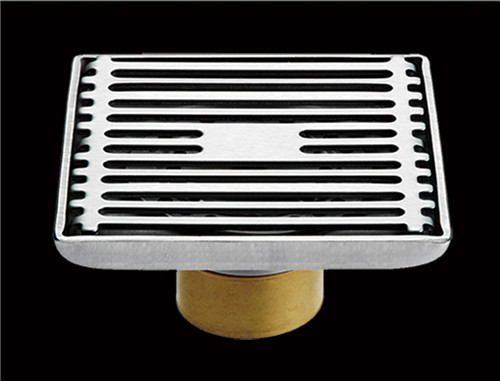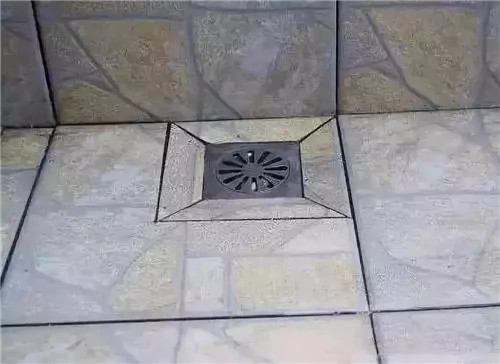Welcome To Hawkrown Professional
Are You Visiting As A Business Buyer (wholesaler/retailer) Or A Homeowner?
Business Buyer
Continue Here >Homeowner
Shop Retail Store >
Home / Blog Center / Chargers / Reasons Behind Slow Drains: Causes and Solutions Explained
12/02/2025 | Hawkrown
The main function of a floor drain is to facilitate drainage. If there are issues with the drainage, it can severely impact the quality of life for homeowners. So, what are the reasons for slow draining in floor drains?
Reasons for Slow Draining in Floor Drains
1. Clogged Drain
In daily life, debris such as scraps, hair, paper scraps, or garbage can flow into the floor drain with the water. Over time, this can lead to clogs, which results in slower drainage. It is essential to promptly use drain cleaners or caustic soda to clear the clogs to restore normal drainage. Additionally, it is recommended to regularly clean the floor drain to prevent clogs from occurring.

2. Insufficient Slope
Many homeowners do not properly design the slope when constructing bathrooms, making it difficult for water to flow smoothly into the drain. This can lead to slow draining issues. In such cases, it is best to consult a professional to redesign the slope, ensuring it is maintained at over 1% but no more than 2% to avoid any feeling of tilt. This adjustment can effectively resolve the problem.

3. Residual Construction Waste
A lot of construction debris is generated during home renovations. If the debris is not cleaned properly during the post-construction cleaning, it can lead to slow drainage in the floor drain. In this situation, it is necessary to open the drain cover and use tools to remove any construction debris inside the drain to restore normal function. If you are unable to clean it yourself, it is advisable to hire professionals to handle it to prevent more significant issues.

4. Misalignment of Pipes
In addition to the above three reasons, slow drainage could also be caused by misalignment of the drainage pipes. During home renovations, it is common for the drain pipes to become slightly misaligned. For example, if the floor drain is not vertically aligned with the sewer outlet, or if it is tilted, the effective diameter of the drain pipe can be reduced, resulting in slow draining. In such cases, it is important to consult professionals to redesign and adjust the position of the floor drain or sewer pipes to fundamentally resolve the issue without worrying about potential clogs in the future.

In summary:this article has discussed the reasons for slow drainage in floor drains. For those who wish to learn more, please continue to follow our website for more insightful and exciting content in the future.
Are You Visiting As A Business Buyer (wholesaler/retailer) Or A Homeowner?
Business Buyer
Continue Here >Homeowner
Shop Retail Store >